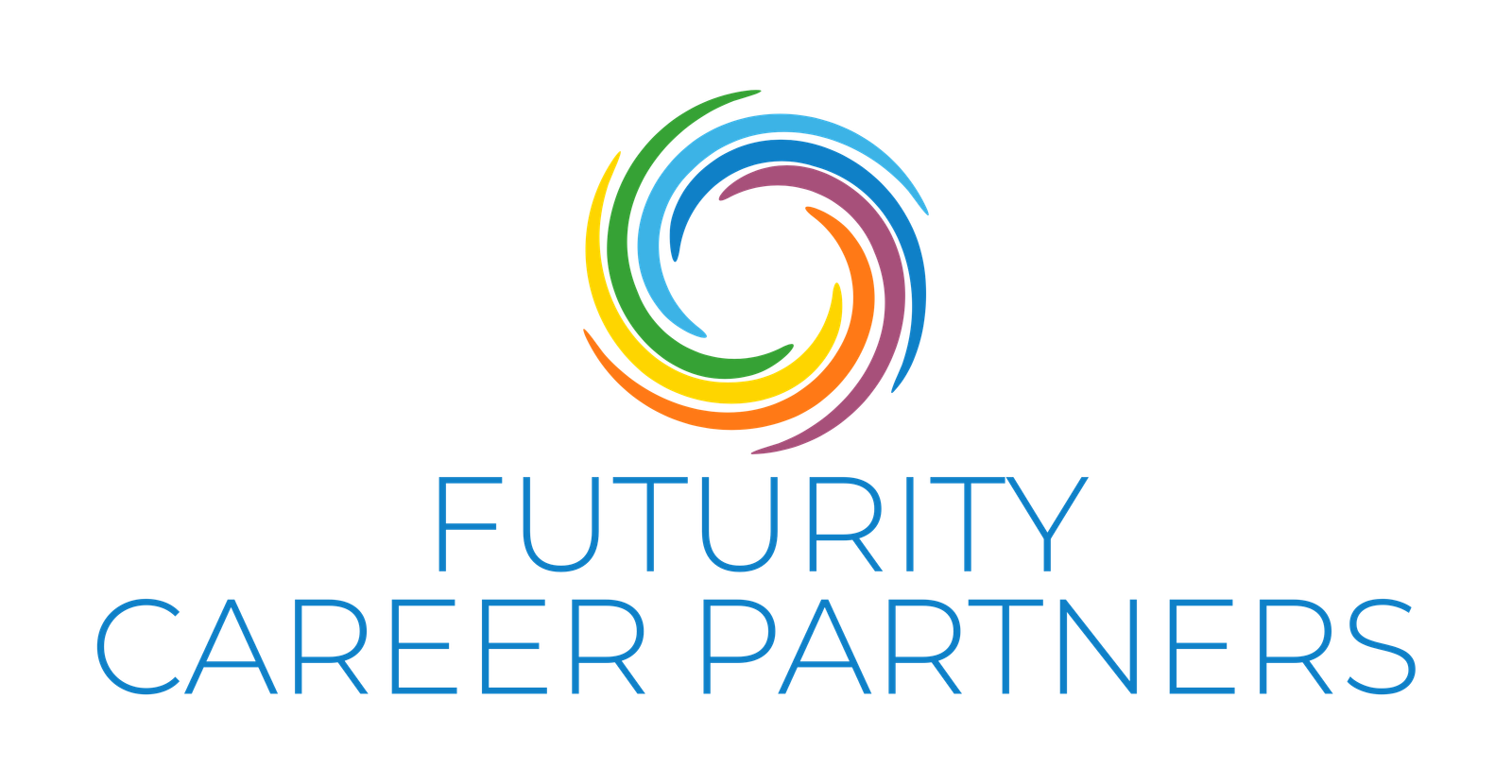Experiential Learning: How “Learning by Doing” Prepares You for the Real World
In today’s competitive job market, knowledge alone is not enough—what truly matters is your ability to apply it. That’s where experiential learning, or “learning by doing,” comes in. It’s an educational approach that emphasizes hands-on experience, reflection, and real-world problem-solving over passive memorization.
What Is Experiential Learning?
Experiential learning involves active engagement through internships, lab work, field studies, industry projects, simulations, and even entrepreneurship. It turns theoretical concepts into lived experiences that build deeper understanding and job-ready skills.
Why It Matters
-
Bridges Theory and Practice – Students learn how academic knowledge applies in real-world scenarios, making learning more meaningful.
-
Builds Critical Soft Skills – Communication, teamwork, leadership, and adaptability are naturally developed through real tasks.
-
Boosts Employability – Employers prefer candidates who have hands-on experience, not just textbook knowledge.
-
Encourages Reflection and Growth – Students learn from mistakes, improve through feedback, and grow in confidence.
Real-World Examples
-
Engineering students working on live prototypes or coding competitions.
-
Business students managing mock startups or interning with companies.
-
Medical students in clinical rotations, learning patient care on the job.
-
Design students creating portfolios through real client projects.
The Bottom Line
In the 21st century, experiential learning is no longer optional—it’s essential. Whether through a lab, a startup, or a virtual internship, “learning by doing” shapes you into a capable, confident, and career-ready professional.
